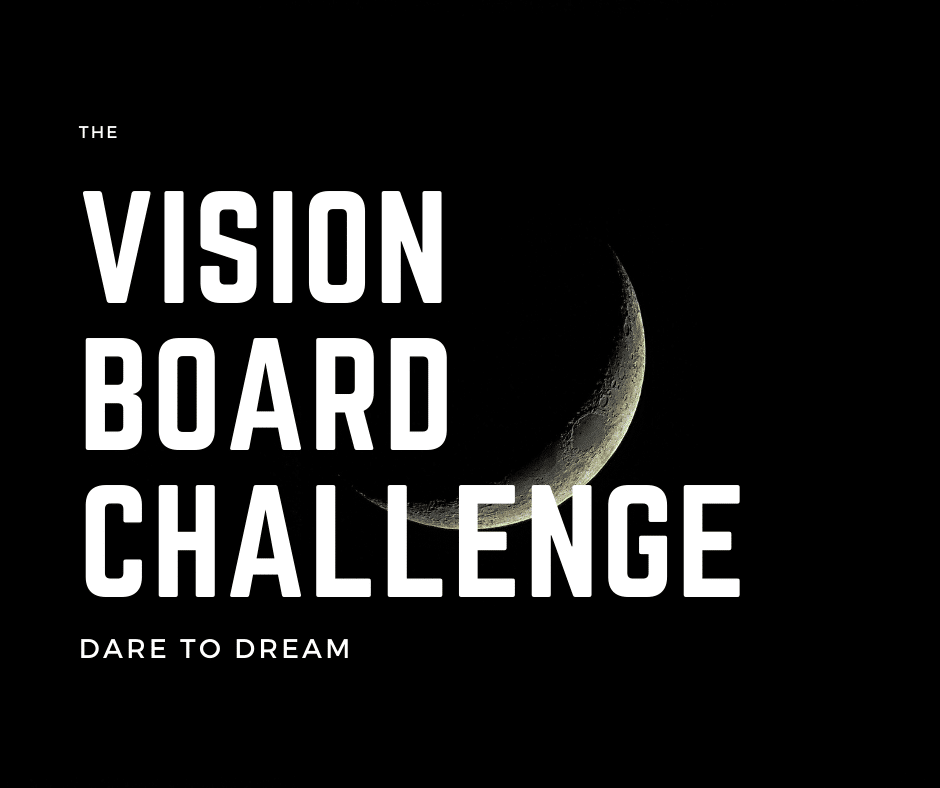The field of sports psychology, among other things, includes the study of how psychological factors affect performance. It’s no wonder then, that visualization plays an increasingly important role for athletes as they prepare for a big race or games.
A Tool for Success
Long before the game or the race starts, athletes have already played every piece of it over and over in their mind. Every move, turn, has been thought through. When you practice your skills in your head over and over, the response becomes second nature, a conditioned response.
Visualization or mental imagery works by conditioning your brain for a successful outcome. When you continually envision the desired outcome, you can identify obstacles and develop a mitigation strategy. This can reduce performance related anxiety.
An Uncomplicated Approach
There’s no magic or hocus pocus involved with visualization. If you’re used to day-dreaming, visualization is as simple as making that process more deliberate.
Visualize the outcome you want
Rehearse every aspect of your performance or the steps that are needed to achieve your goal. Imagine your obstacles and how you’d overcome them.
Use all your senses
Visualization becomes more powerful when you engage your other senses. You hear, smell, feel and taste it. Do you want a stress-free life in a home on the beach? Imagine hearing the surf, feeling the sea breeze and smelling the salt air.
Practice makes perfect
This is why a vision board is important. Take time to meditate on your board regularly. Envision the steps needed to achieve each goal.
Day 3: I challenge YOU to post one Vision Board picture a day for 10 days. No explanation, no review, just the picture. Nominate someone else to do the same!


